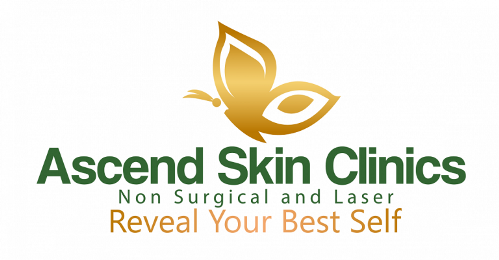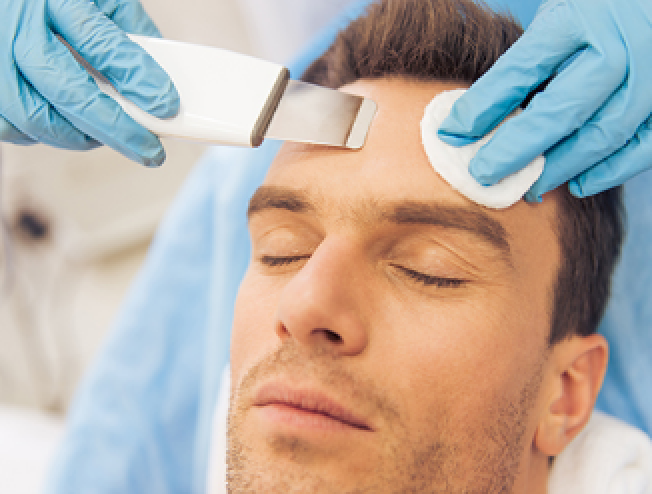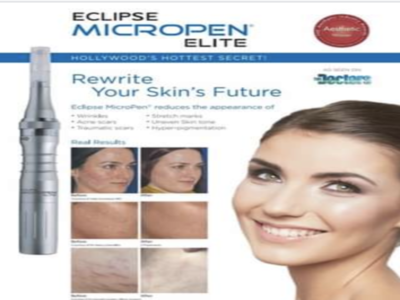Pigmentation
Our experienced team of Therapists will partner with you on your journey to
clearer skin

About pigmentation
Pigmentation can form from excessive melanin production, scarring or melisma or can be vascular showing up as broken capillaries, rosacean spider veins or brown patches, splotches, moles or dark marks on the skin.
Hyperpigmentation can appear with age as the melanocytes (the cells that produce pigment) increase in size. Before treating, it is important to know what type of pigment it is:
- Sun induced pigmentation
-
Post inflammatory pigmentation
- Hormone induced pigmentation
What causes pigmentation
Skin cells that produce melanin which gives skin its colour are called melanocytes. Melanin pigment can be of two types which are present in each person to different degrees – Eumelanin: This type of pigment is black or dark brown in color and is found in people with dull, translucent skin and Phaeomelanin: This type of pigment usually appears in people with fair skin or red hair. The amount of these two types of pigments will determine the natural skin color, as well as the tan of the skin when exposed to the sun. When excess melanin is produced, it can cause dark spots or patches to appear on the skin. This can be due to both internal and external factors including:
- Acne
- Genetics
- Predisposed skin types
- Sun exposure
- Skin injury
- Hormonal imbalances
- Pregnancy
- Medications


How skin treatments work
Pigmentation can be difficult to treat however with prolonged treatment, the effects can be diminished. Treatments include: cosmetic grade peels, collagen induction, IPL pigment correction. If skin is not protected every day from sun damage with a SPF 50+ sunscreen, it will be difficult to see permanent results from any treatment.
Book a complimentary consultation
Before we treat pigmentation, our clinical therapists will assess your skin condition using Observ 520x skin analysis and recommend a tailored treatment program and cosmeceutical skin care to optimise results.

Recommended Treatments
Treatments for reducing superficial and dermal pigment whilst reversing the signs of sun damage and ageing include:
Recommended Cosmeceutical Skincare
Cosmeceutical skin care can optimise the results of the treatments recommended above to treat superficial and dermal pigmentation:
Pigmentation
Our medical grade equipment and highly trained skin therapists offer the latest advances in pigmentation reduction and removal.
Frequently Asked Questions
Which cosmetic grade peels help with pigmentation?
We use ASAP or Dermalogica peels to provide a brighter and more even complexion. A mild combination of reveal, glycolic peels and a cocktail of vitamins is applied to the skin to combat pigmentation while building collagen (recommend a series of six treatments for optimum results).
How do I choose the right pigment reduction treatment for me?
At Ascend Skin Clinics, we will first evaluate your skin condition leveraging the Observ 520x machine. The right treatment for you will depend on a number of factors including your desired results. As with all of our skin treatment options, we suggest you book a complimentary consultation with us to talk over your unique needs. Our friendly and professional team will be happy to answer any questions you may have.
How long are the micro-needling treatments and what is the downtime?
Yes. Micro-needling effectively helps to build the tissue within the stretch marks though the production of collagen. This builds up the indentation and reduces the colour of the stretch marks, in some cases making them disappear completely.
How does micro-needling differ from fractional RF?
Yes. Micro-needling effectively helps to build the tissue within the stretch marks though the production of collagen. This builds up the indentation and reduces the colour of the stretch marks, in some cases making them disappear completely.
How does micro-needling differ from fractional RF?
Yes. Micro-needling effectively helps to build the tissue within the stretch marks though the production of collagen. This builds up the indentation and reduces the colour of the stretch marks, in some cases making them disappear completely.




